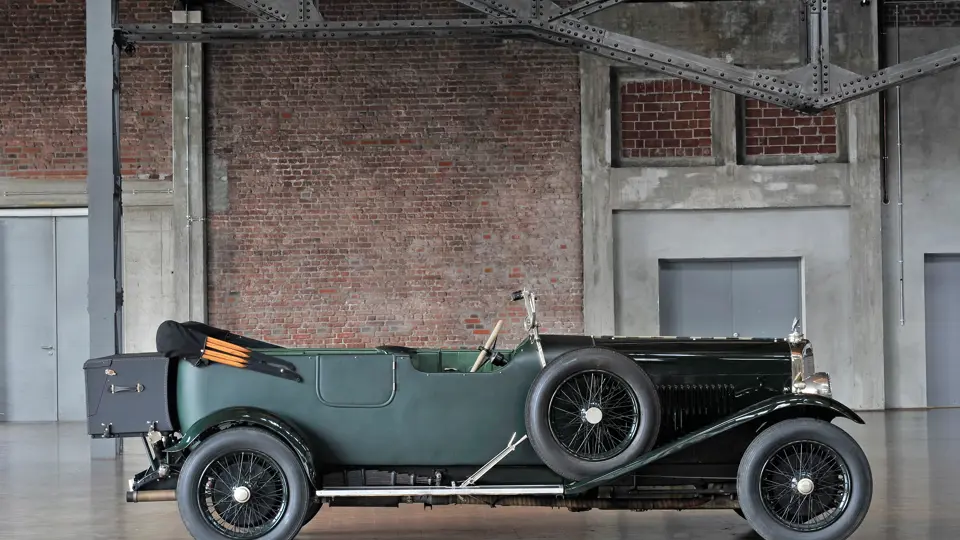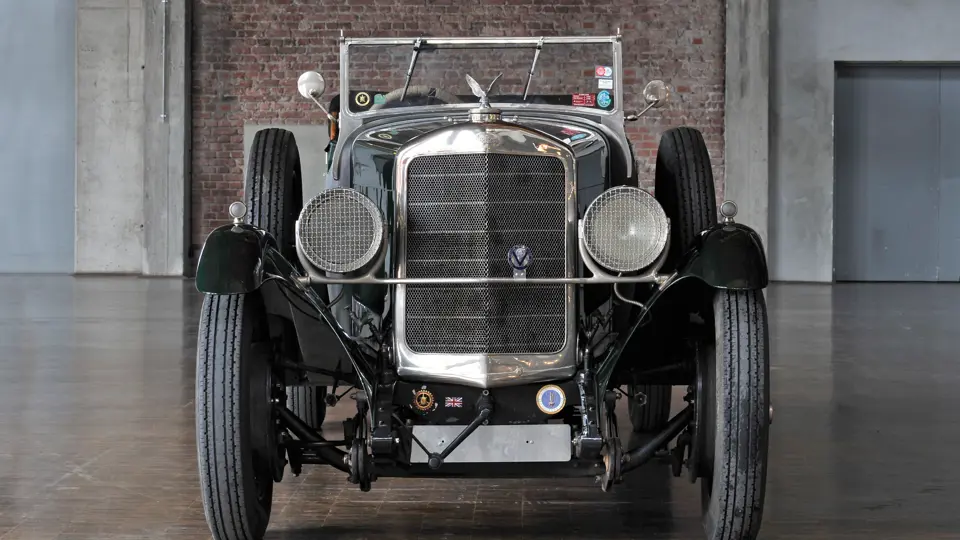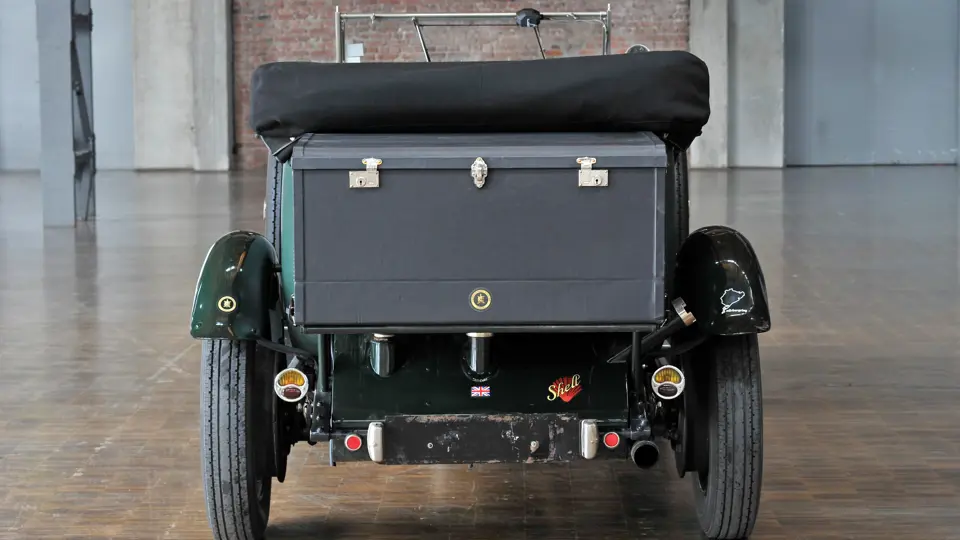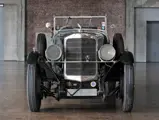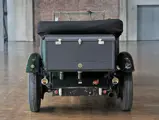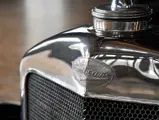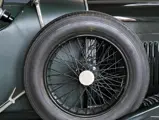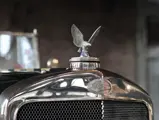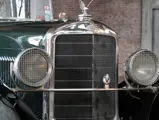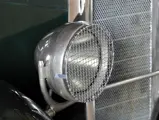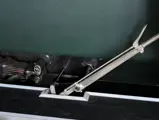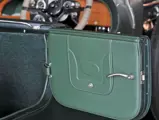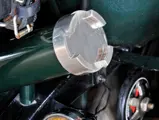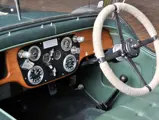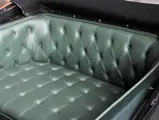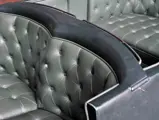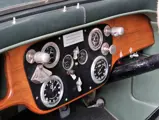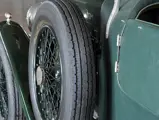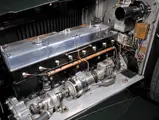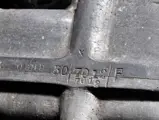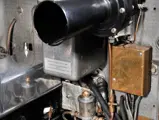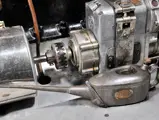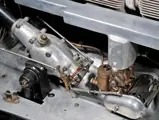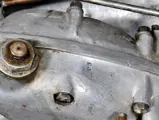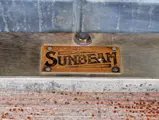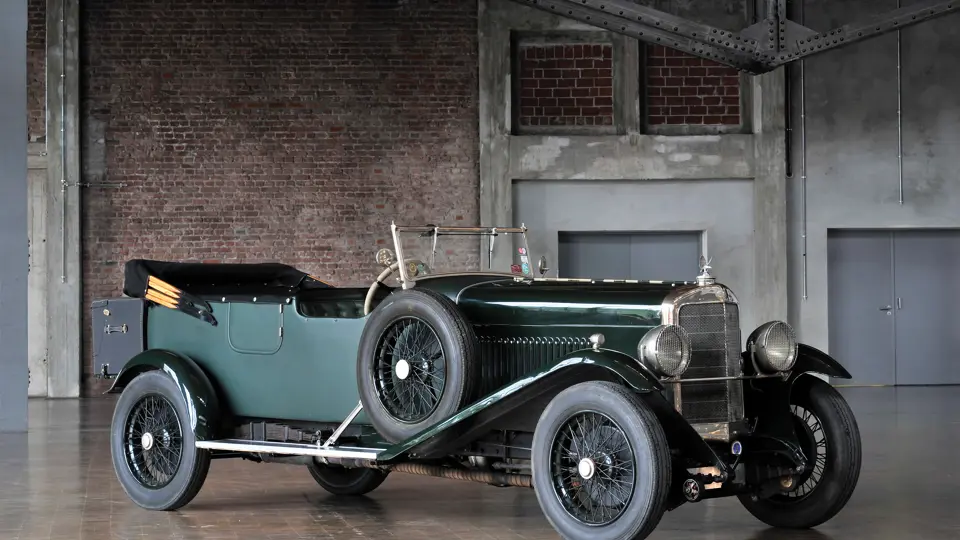
1927 Sunbeam 30 HP Four-Passenger Tourer
{{lr.item.text}}
£200,000 - £250,000 GBP | Not Sold
{{bidding.lot.reserveStatusFormatted}}
- Rare eight-cylinder Sunbeam
- Restored to a high standard; extensively documented history
- Only restored example of the two survivors
- Successfully completed the Flying Scotsman Rally in 2013
90 bhp, 4,825 cc overhead-valve inline eight-cylinder engine, four-speed manual transmission, solid front axle with semi-elliptical leaf springs, live rear axle with cantilever leaf springs, and four-wheel mechanical drum brakes. Wheelbase: 3,480 mm
During the 1920s, Sunbeam became known for sporting models of both four- and six-cylinder cars. These had overhead-valve engines, which were eclipsed somewhat by the six-cylinder 3-Litre model introduced in 1926. With twin overhead cams and hemispherical combustion chambers, the 3-Litre developed 90 brake horsepower at 3,800 rpm and made a valiant but ultimately disappointing effort in racing.
In parallel, the Sunbeam Motor Car Company aimed for the luxury market with an eight-cylinder car of 30 rated horsepower on an 11-foot, 5.5-inch wheelbase. It featured a pushrod eight of 4,825 cubic centimetres that could develop 90 brake horsepower. Then, in 1929, the engine was enlarged to 5,447 cubic centimetres and rated at 35 horsepower. These models, designated 30 HP and 35 HP, comprised the only eight-cylinder Sunbeams ever, and together, they amounted to no more than 65 cars.
Historians in the Sunbeam Talbot Darracq Register believe this car was built as a two-passenger tourer with twin dickie seats and was then sold new to a member of the Jacob family in Dublin, Ireland, makers of Jacob’s Biscuits. Harold Jacob was known to have a number of notable cars, including a Ranalah-bodied Railton, and there were several Sunbeams in the family. This car is said to have been given to Major-General Hugh McCalmot, politician and horse breeder, as deposit on a race horse, but instead, it was sent to a coachbuilder in Dromore, where a hearse body was installed. The car’s documented history begins in 1933, when it was registered to Samuel Porter, of Newcastle, County Down, as a commercial vehicle under its original number, YF 608, a London issue, on 5 March 1927.
Cunningham Brothers, of Castlewellan, operated this Sunbeam as a hearse until 1961, when it was acquired by a Mr Harkness. Harkness removed the body for use as a chicken house but did little else, and the chassis sat in storage until being purchased by Mr E.J.L. Mateer in 1978. “Eddie” Mateer, editor and producer at Ulster Speed Productions, restored it with the intention of participating in the first Peking to Paris run, although the event was ultimately cancelled. He desired something more “Bentley-like” than a period Sunbeam tourer and had the current body constructed. In 1997, it was acquired by Ernest Chalup, of Austria, and later by Erik Skreimer, of Vienna, who did further work on the restoration, which was completed to a very high standard.
This car, finished in the appropriate British Racing Green with matching leather upholstery, is recognised by Sunbeam historians as exceptional for its authentic mechanical condition. The original Ki-Gass injector pump and petrol tap are still present. The carburettor configuration is slightly unusual, being “wrong way ‘round” by usual convention, but it is authenticated as correct for this model. The car has been in a German collection since 2004, where it took Second in Class honours at the European Concours d’Elegance, which was held during the 2006 Schwetzingen Oldtimer-Gala. In 2007, it participated in the Gran Premio Nuvolari re-enactment in Italy and the Nürburgring Oldtimer Grand Prix, and it won a national team award at the Kaiserpreis-Rennen festival in the Taunus Mountains. Most recently, in 2013, the Sunbeam completed the Flying Scotsman Rally without missing a beat.
As this vehicle is recognised by the Classic Car Club of America as a Full Classic, it is eligible for all CCCA meets and CARavan tours in the United States.
Only two 30 HP Sunbeams are known to survive, with the other being an unrestored project car. Two 35 HP cars also exist, but that brings the count of extant eight-cylinder Sunbeams to just four of the sixty-five built, which is a small constituency by any measure. This car is accompanied by a wealth of historic information, including related correspondence, a cancelled log book for registration number YF 608, and a FIVA Identity Card. Thus, this Sunbeam represents a chance to acquire the rarest of the rare, one with a unique history all its own.

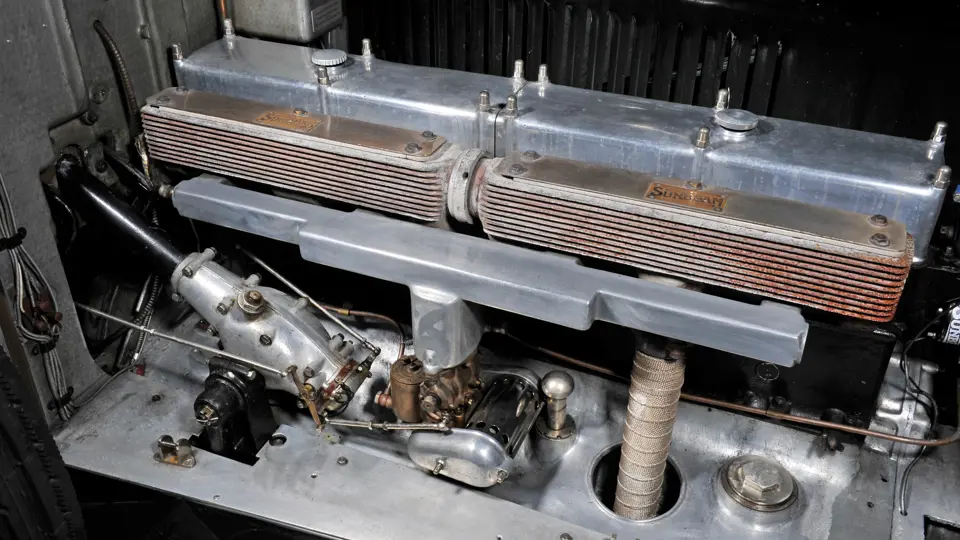



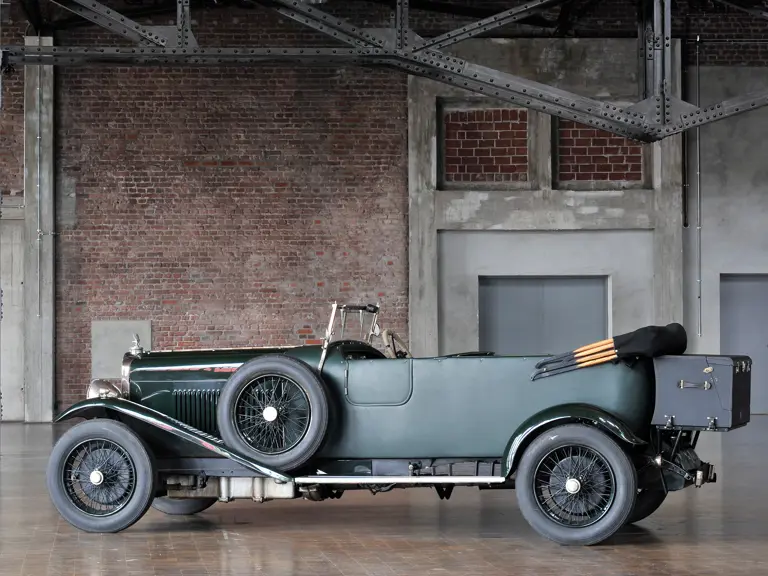
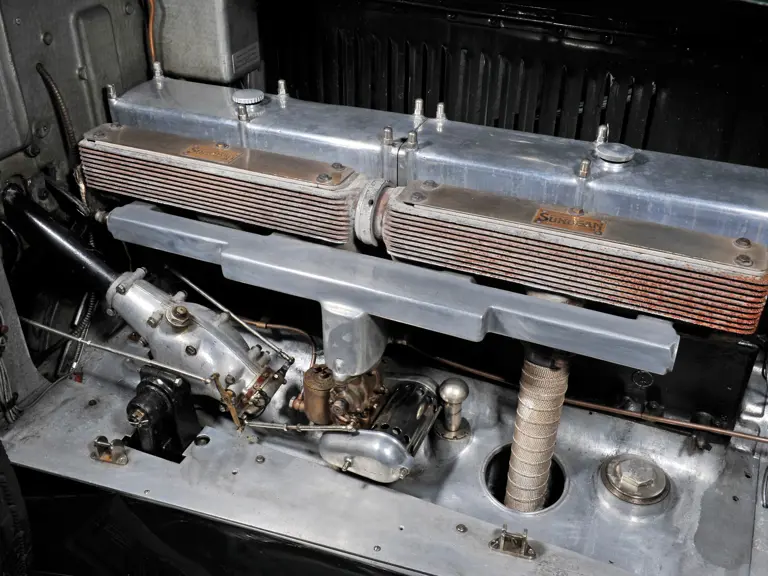
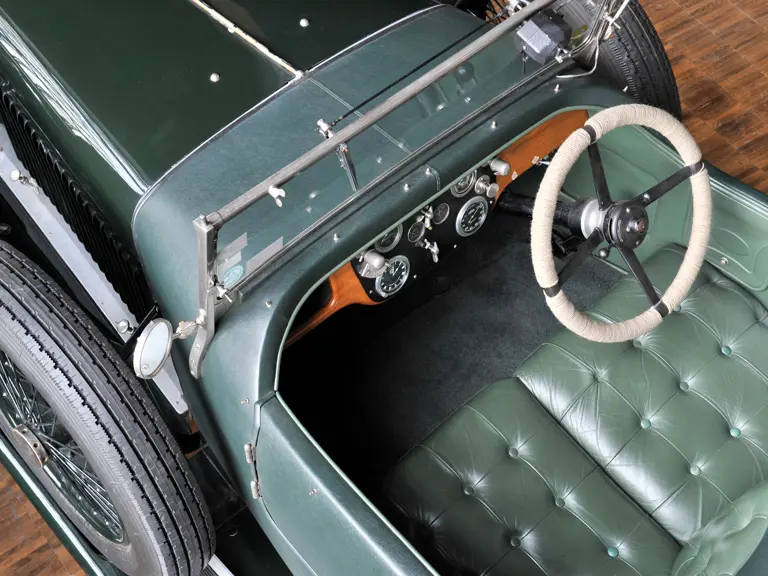
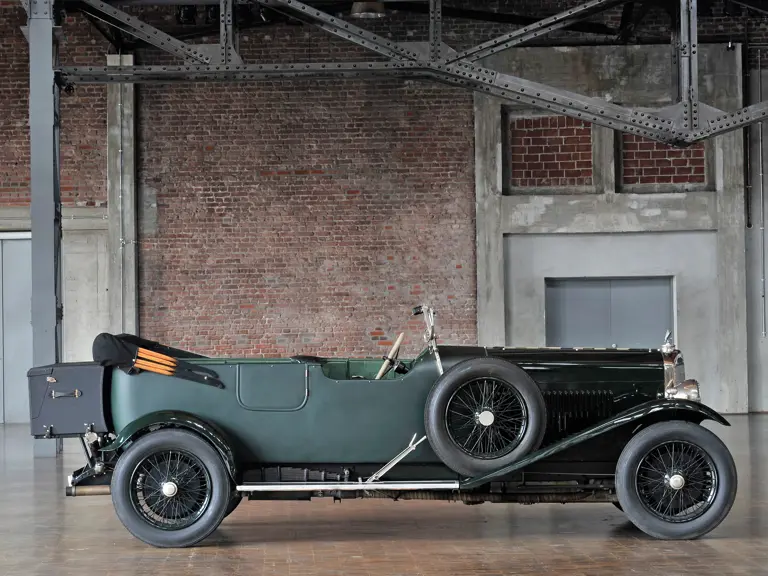
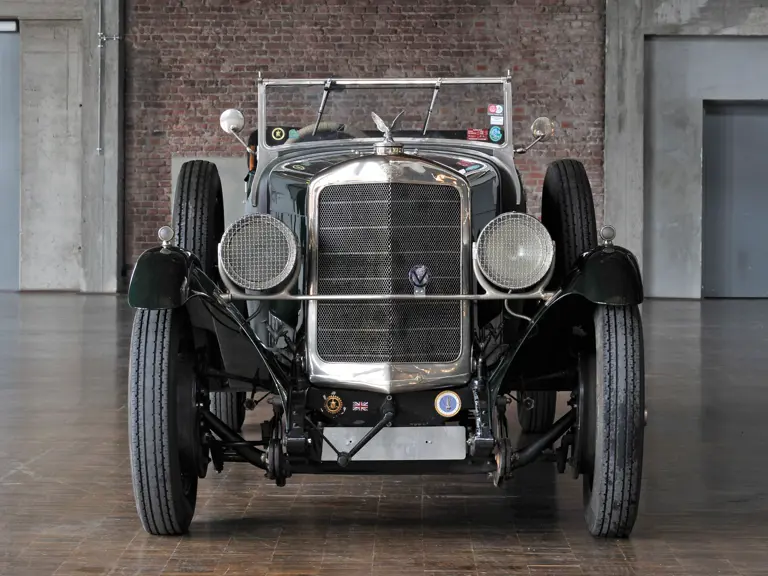
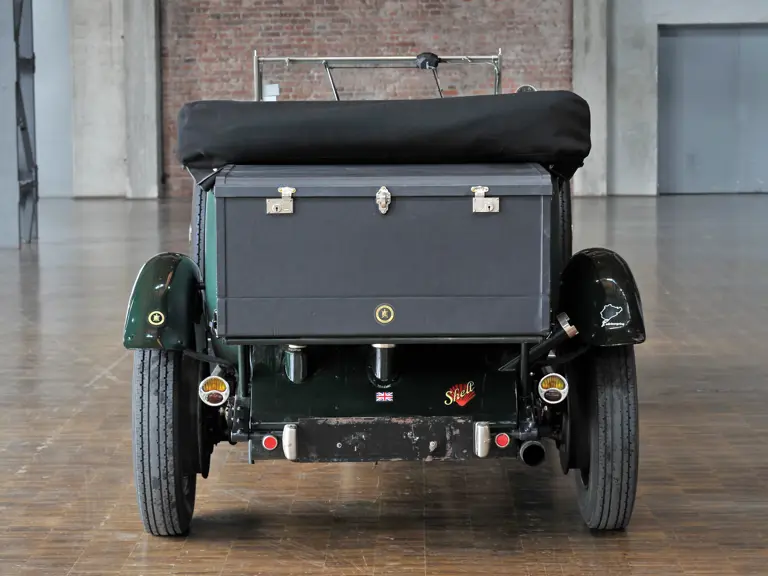
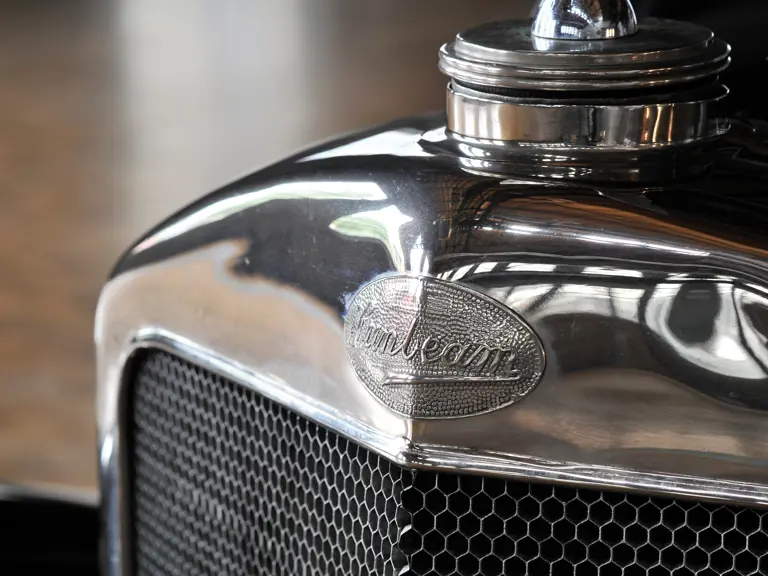
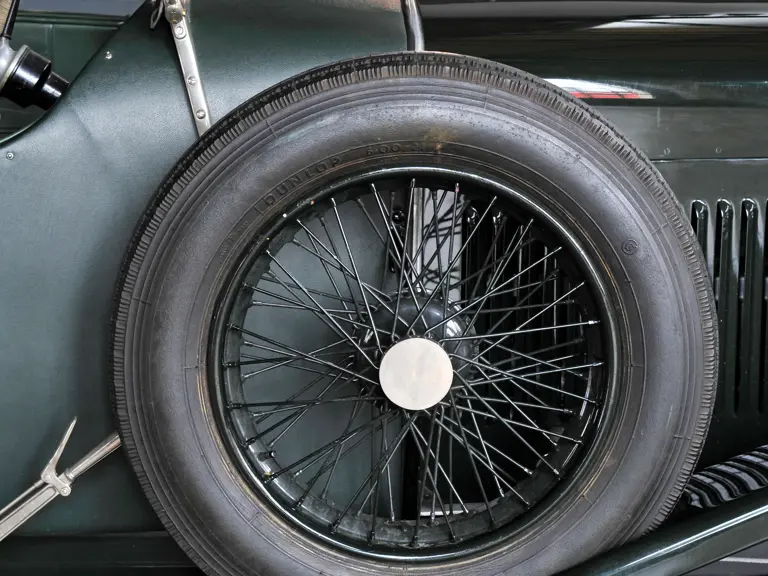
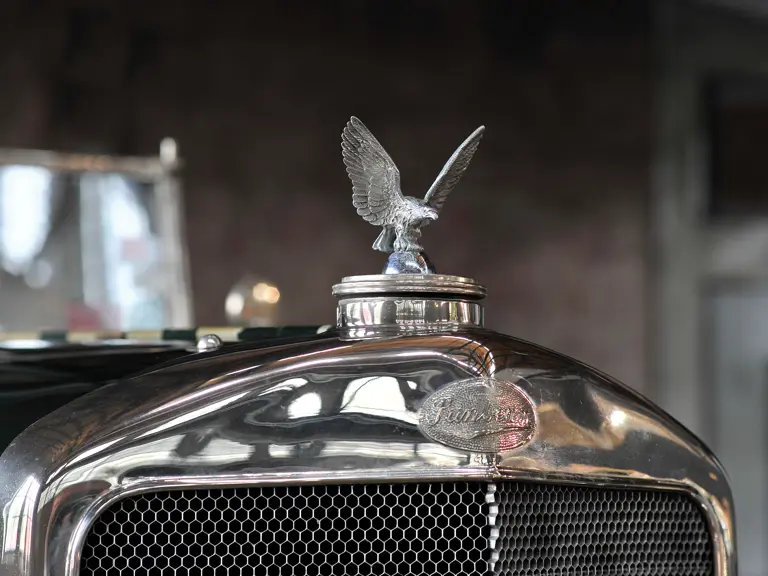
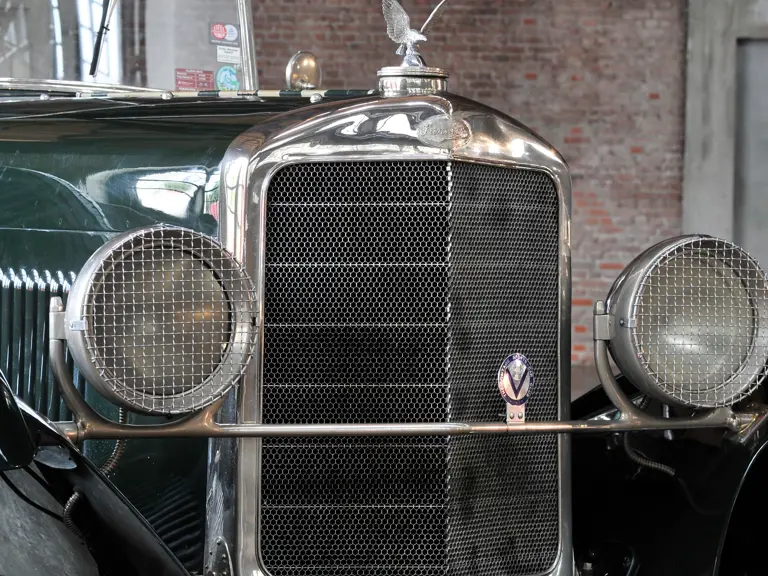

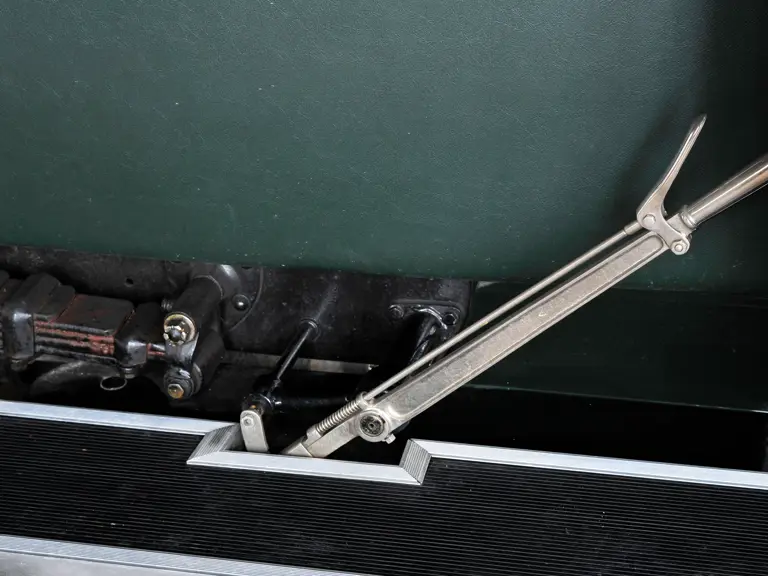
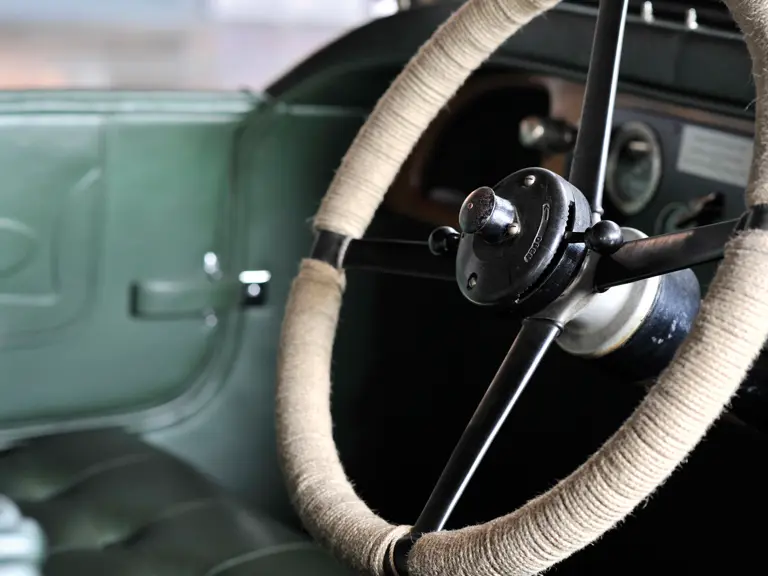
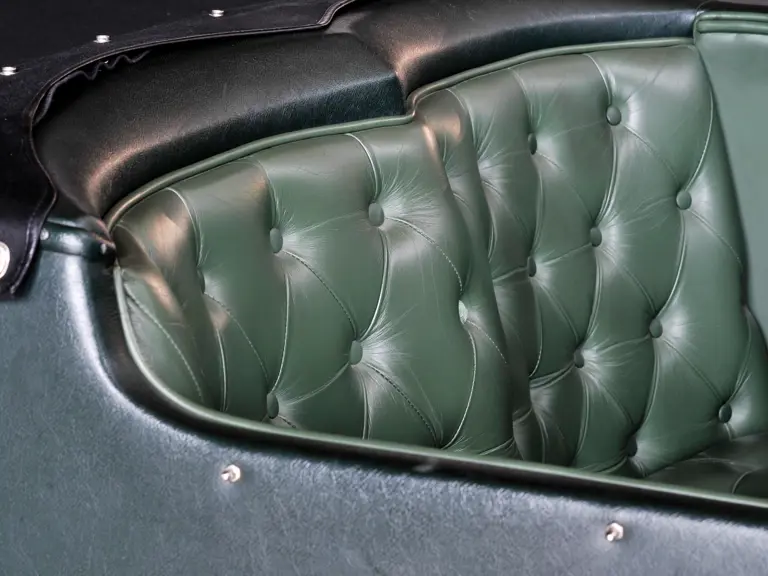
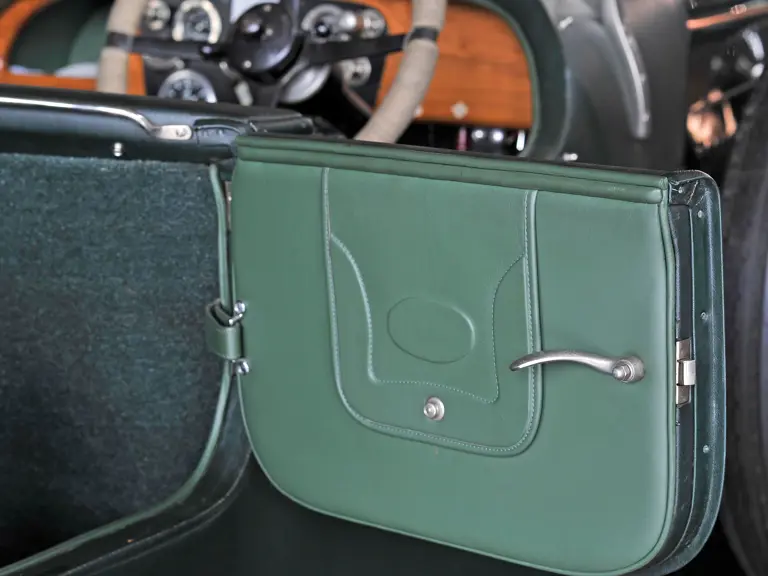
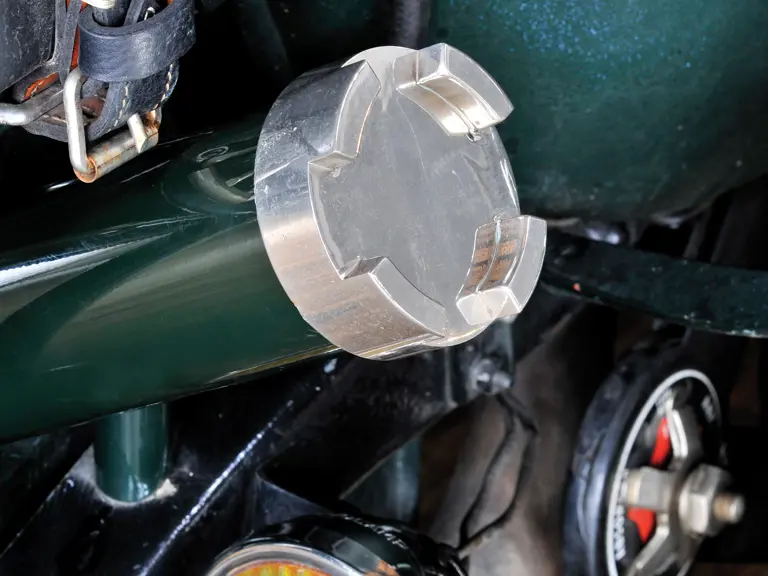
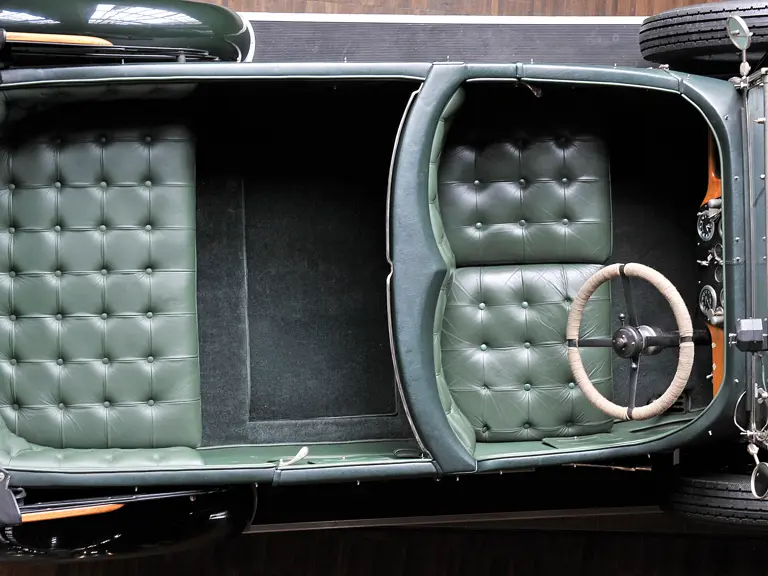


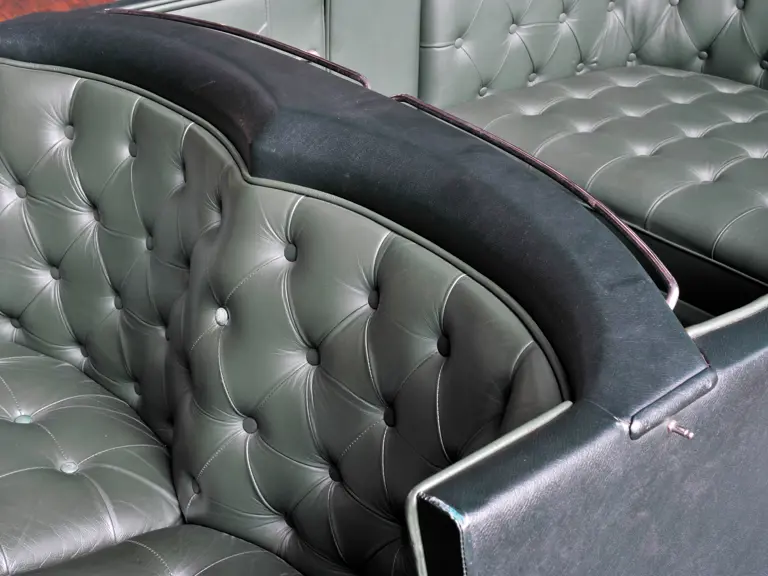
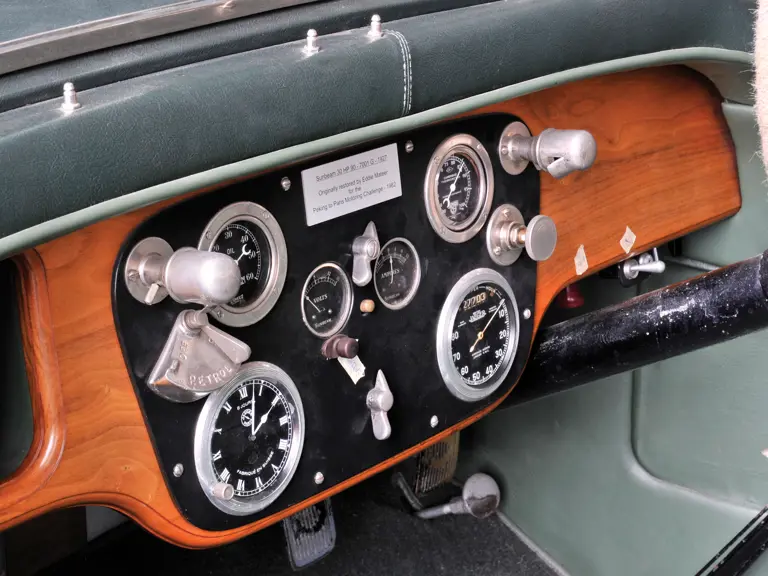

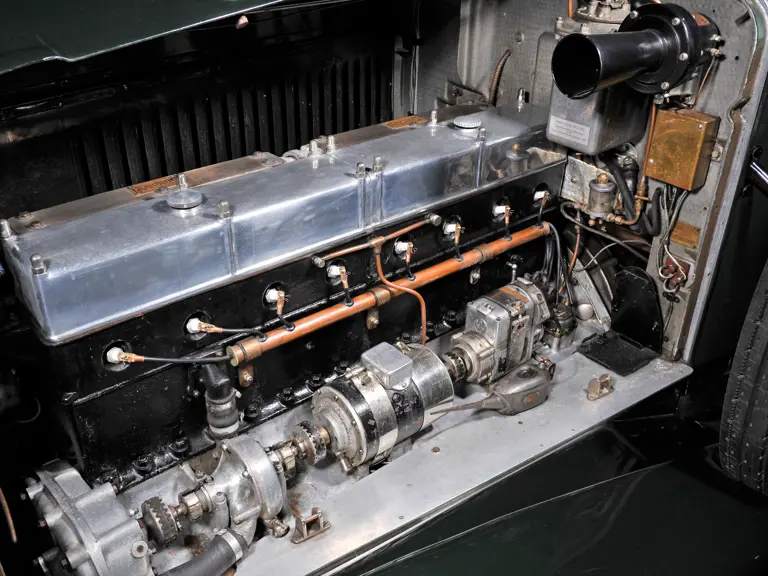

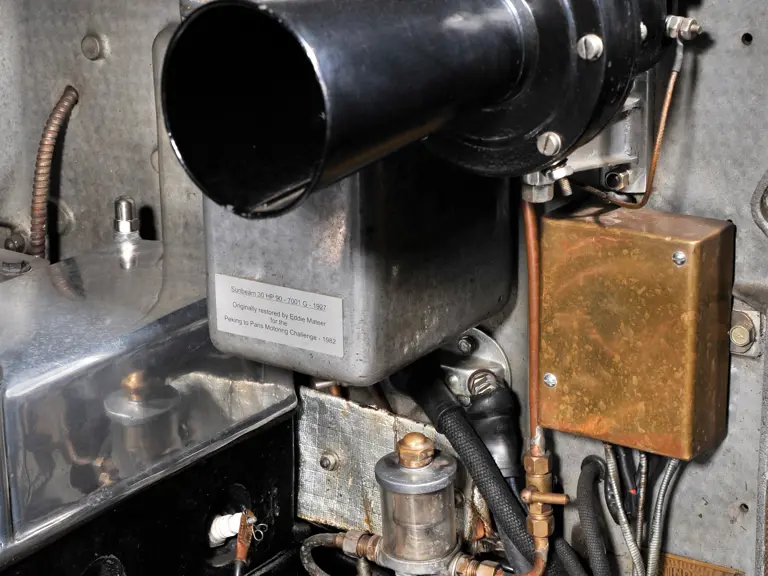
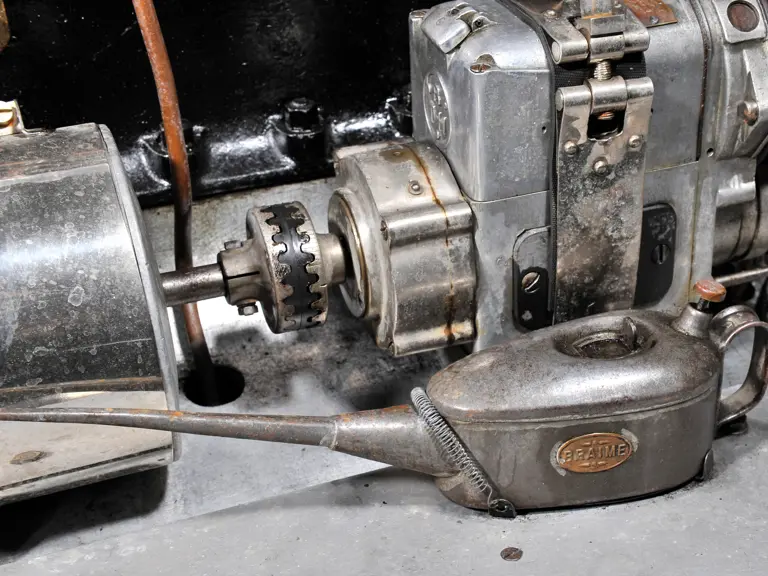
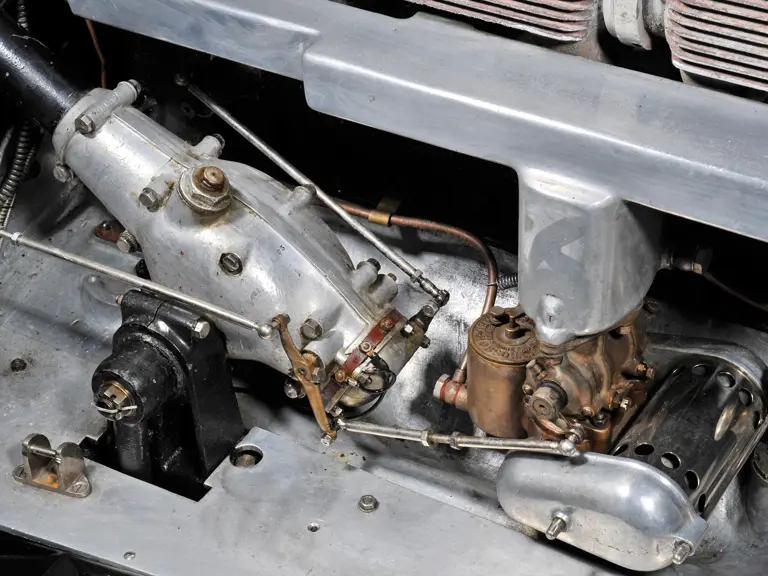

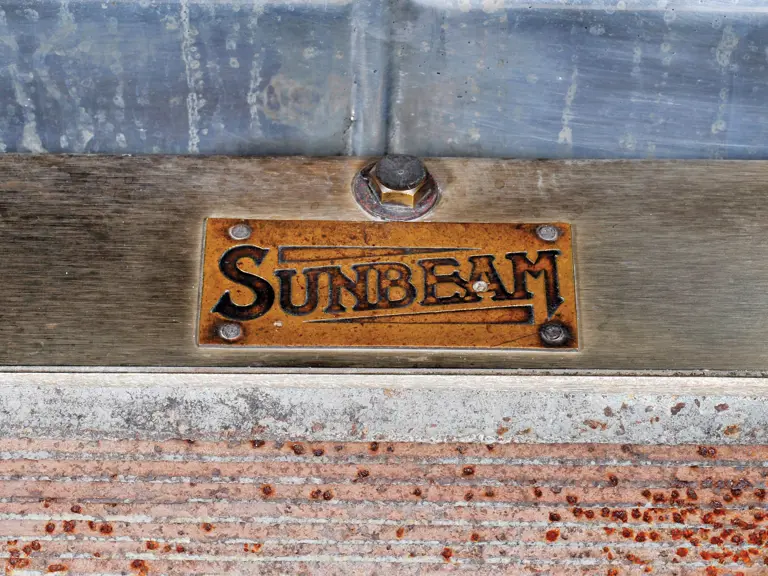

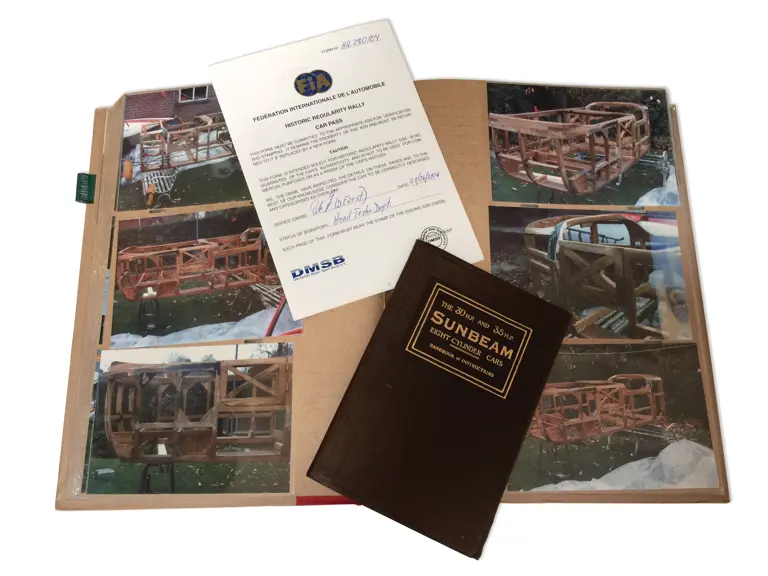
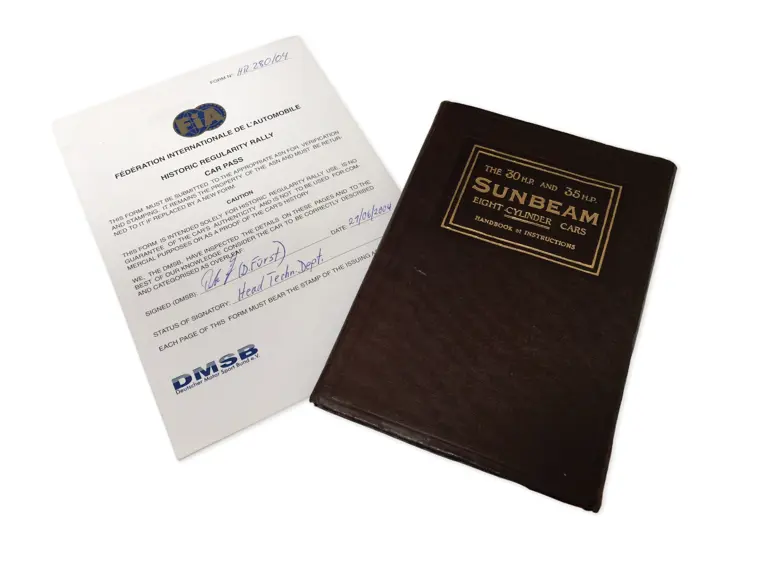
 | London, United Kingdom
| London, United Kingdom
